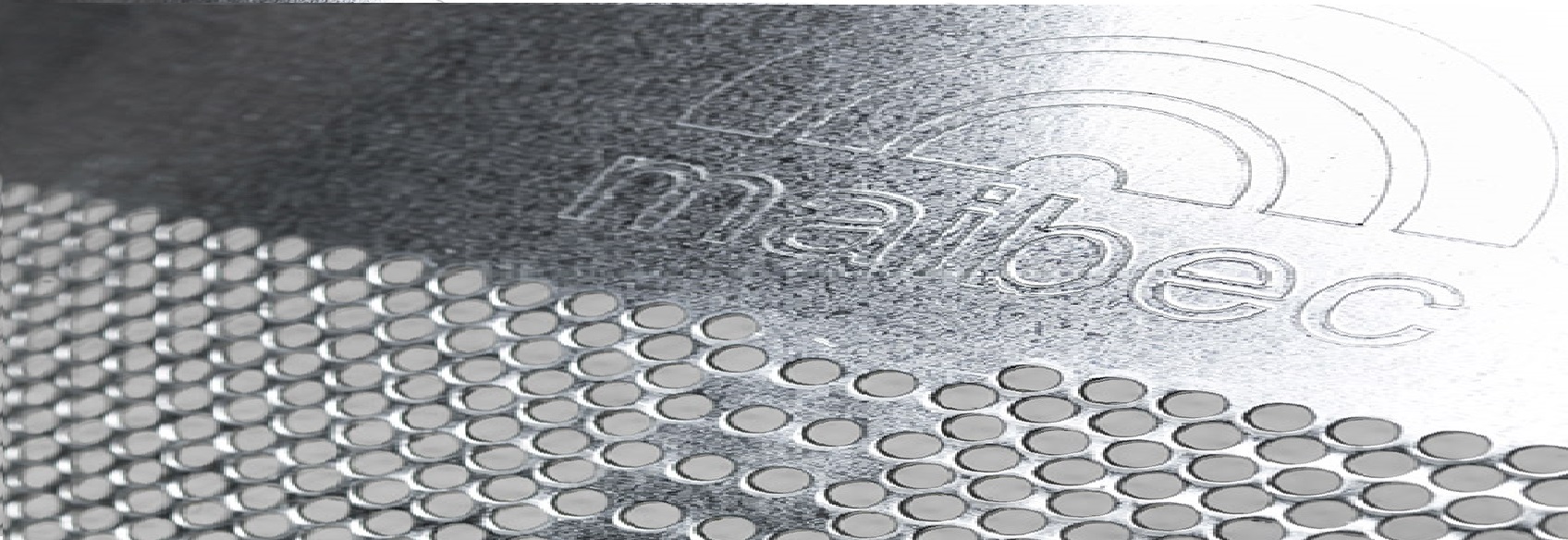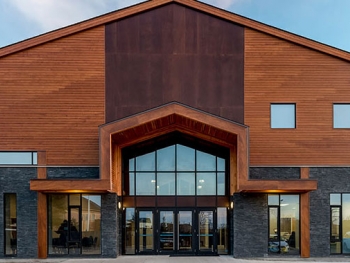Expert Advice for exterior siding

January 14, 2020
Ventilation and Drainage Cavities: A little space goes a long way!
Exterior siding – or cladding – is typically chosen for its aesthetic qualities, but it’s designed to do more than simply look good. Its primary role is to serve as front-line protection for your home.
Exterior cladding is not intended to be fully watertight, but rather to provide an initial barrier against the elements. To ensure any water that makes its way behind the cladding can drain away from the exterior wall, you need to have a watertight barrier that’s kept dry with a continuous drainage cavity. This same cavity that allows water to escape will allow heat to escape as well.
Popular belief has long held that exterior siding should be completely sealed. But this practise can lead to damage over time. Remember that the main role of exterior cladding is to keep as much rain and snow away from the exterior wall as possible.
If exterior siding is your first line of the defence, then your second line is the continuous and waterproof barrier to which the siding is installed. The role of this barrier is to stop any moisture that may have gotten behind the siding from seeping into the exterior wall. Sealant can be used to help support this barrier, but should not be used to guarantee watertightness. That’s because all sealants will eventually crack and allow water to infiltrate. What’s more, using sealant above openings and junctions will actually prevent water from draining. Over time, water will simply accumulate and eventually infiltrate the wall, potentially leading to significant damage. Adding vertical furring strips (or strapping) on top of this waterproof barrier creates an essential air cavity so that gravity can draw water down and away from the wall. This is why you should never install horizontal strapping at the bottom of the walls or above openings.
This air cavity does more than just let water and moisture to escape; it also provides essential ventilation. Allowing hot, humid air to escape can help to prolong the life of exterior wood siding considerably. Changes to building and insulation codes and practices – combined with the trend toward dark-colored siding – make proper ventilation a must. Dark colors tend to attract more heat – heat that you don’t want to remain trapped behind the siding. Keep in mind that things like excess heat and humidity can negatively impact the natural expansion and contraction of wood as well as the longevity of stains. All of this explains much of the logic behind our modern-day building codes.
Once you’ve created this all-important cavity, you simply need to make sure you’re using the right tools in the right spots! Such as using ventilated strips at the top and bottoms of walls and openings. They will allow heat and water to easily escape while preventing insects and rodents from getting in behind the cladding. Maibec ventilated strips are designed to meet firewall requirements for the tops of walls, division between floors and transition between different types of exterior siding materials.
So as you can see, a little space goes a very long way!
By
Maibec team
<
Back to articles
Related articles

Top 5 mistakes people make when installing genuine wood siding
Discover how to optimize the performance and durability of genuine wood siding by avoiding the 5 common mistakes people make during installation.
By
Maibec team
Read the article



